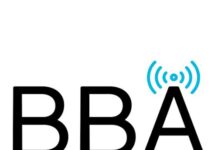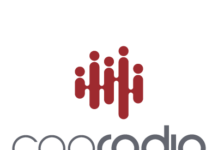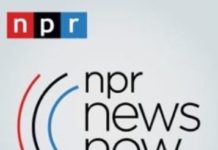
(By Mike McVay) When is the last time you really listened to your own radio station? I mean, you awoke thirty minutes before your morning show began and listened until 1:00 AM, and took notes as you listened? That’s what listening is all about. Really listening, that is. Looking at the program and music (or content) log as you listened. Hearing what the air talent says, how they say it and when they say it. Where are the commercials placed? How does the commercial production sound? What about the promotional messages? Are they well produced, easy to understand, and they’re selling a benefit to the audience?
There was a time when I would encourage Program Directors to take a break every three months, work from home or drive around town, and listen to their own station. That’s become more difficult as many PDs oversee more than one radio station. They’re scheduling music (music stations) and writing promos, setting talent schedules, coaching talent, interacting with other department heads, responding to daily crisis as well as daily chores, and striving to satisfy their market managers while growing an audience, for multiple stations.
None of those tasks changes the fact that someone, preferably the PD, should be listening to their station once a quarter. I’m not talking about using the skimmer, but rather you should listen over the air and listen on-line. Unless you are Total Line Reporting, the two are not necessarily the same. When I was a Corporate Program Director, I asked all PDs to spend a minimum of two hours per/week listening on-line. Mainly, because the on-line listening experience could be dramatically substandard, and if you only listen over-the-air, you would never know. Many people listen to the “radio” on their phone, on their smart speaker or maybe on their computer.
The audio quality of the station also comes into play when you monitor it over-the-air and on-line. If you’re targeting a specific gender, do you know how many highs they can take before the audio irritates them? If you’re targeting a specific demographic, do you know how much compression they can take before they tune-out, for a reason that they can never describe to you. They’ll say “it just bothered me.” Do you have a signal issue? Are there atmospheric harmonics that are interfering with the audience’s reception of your signal over-the-air? Is the on-line audio interfacing without upcuts and dropouts?
There are many digital tools today, all valuable and wise to use, that track music, spot loads, spot placement, the placement of promotional messages, talk content/quantity, and you can see the same for your competition. However, if you don’t listen to your station, you won’t hear it as a listener hears it. Chefs eat what they cook. Musicians listen to the songs they write and play. Auto designers drive the cars they design. You’re the Program Director. You have to listen to your station to really hear it as a listener does. Make the time and do it … uninterrupted.
Mike McVay is President of McVay Media and can be reached at [email protected]






When I managed/programmed WRFM in NYC, I not only listened … I made it a point to regularly see face-to-face every staff member, even though it meant going into the city at different hours on the weekend and occasionally beginning my workday extra early by showing up at the station at 5 AM to meet the all-night person!